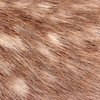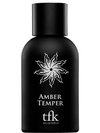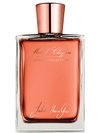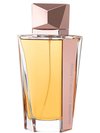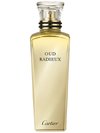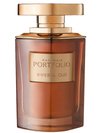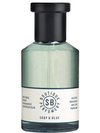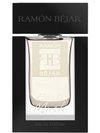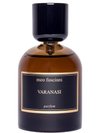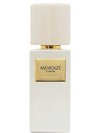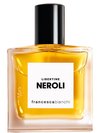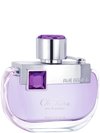Animalic Notes
Animal, faecal, sensual, powerful, ink-scented, warm, ammonia-scented, musky, pervasive, fixative…
Held in high esteem for their ability to add a warm depth of strength and sensuality to a fragrance, animal notes are quintessential to the history of perfumery. Powerful, sensual and pervasive, animal notes evoke a beguilingly tenacious effect and act as a sort of fixative—occupying a place of choice in fragrance compositions with their ability to add smoothness and an enhancing depth. For various ecological reasons, natural animal notes have today been replaced by synthetic molecules that skillfully recreate these warm and sensual notes.
Data sheet
- Type
- Reproduction accord
